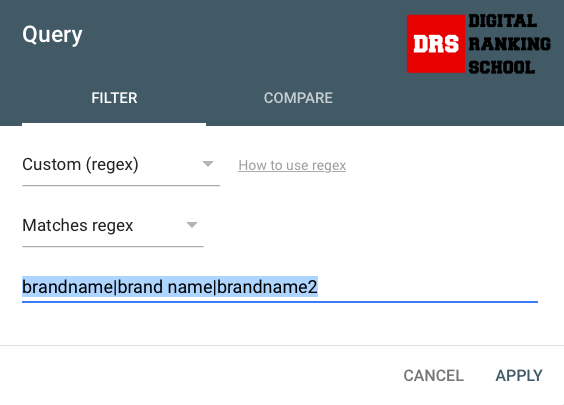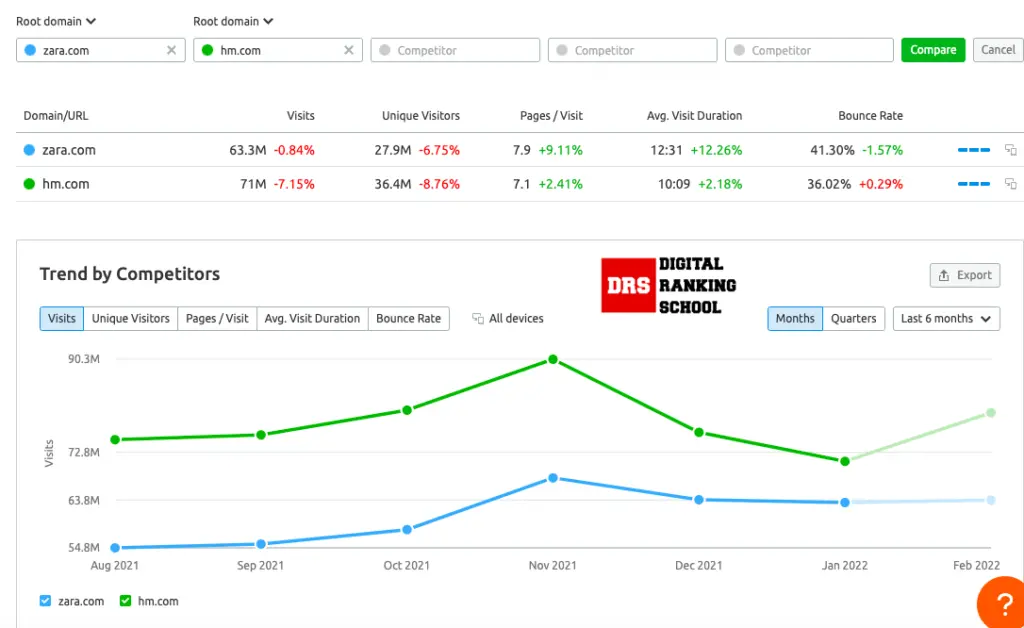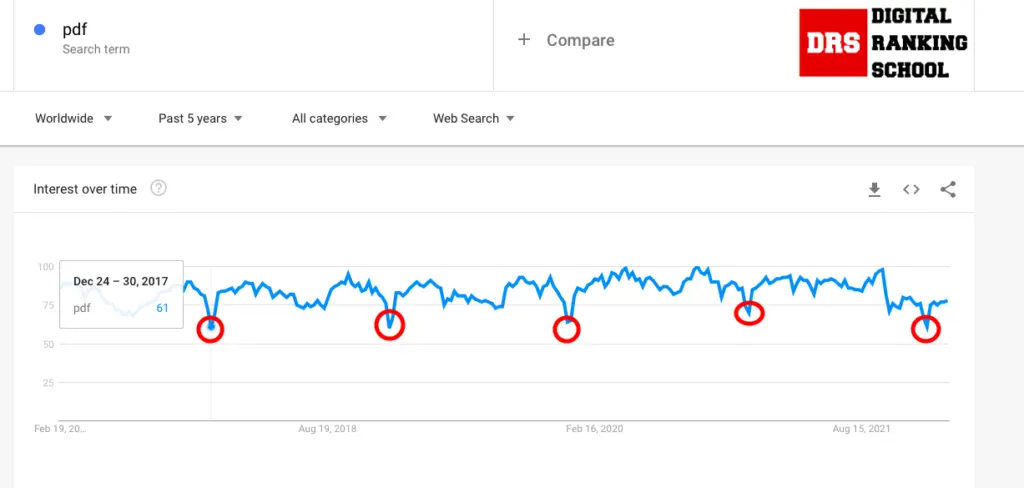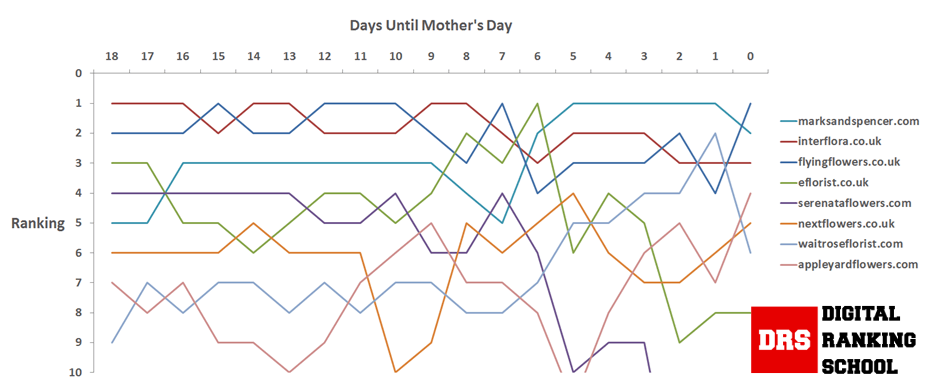By actively engaging with ‘SEO Tips & Examples,’ you can effectively steer through the changes in search patterns. This proactive approach helps you anticipate and adapt to evolving trends, ensuring your strategies remain robust and ahead of the curve in the dynamic realm of online visibility.
In the realm of SEO, our focus often revolves around resolving technical issues, devising content strategies, conducting keyword research, managing backlinks, and engaging in PR..
Comprehending seasonal SEO holds significant importance in crafting a successful SEO strategy, extracting insights from performance data, and delivering precise reports to your clientele.
This column is brimming with actionable tips and real-world examples, offering guidance on navigating seasonal trends and effectively integrating them into your SEO strategy.
Decoding “SEO Tips & Examples”: The Significance and Impact of Seasonal SEO
In SEO discussions, our focus often centers on resolving technical issues, refining content strategies, conducting keyword research, managing backlinks, and engaging in PR.
However, one aspect that garners insufficient attention is seasonal SEO—specifically, its influence and the methods to harness it for enhancing marketing performance.
Grasping the intricacies of seasonal SEO is crucial for devising a successful SEO strategy, extracting valuable insights from performance data, and delivering precise reports to your clients.
Explore actionable tips and real-world examples in this column to adeptly navigate seasonal trends and effectively integrate them into your SEO strategy.
Revealing Insights into “SEO Tips & Examples”: The Importance and Influence of Seasonal SEO
Seasonal SEO refers to how your website’s performance and business are influenced by external, predictable annual events like Christmas, Easter, summer, winter, etc.
Comprehending seasonal SEO is crucial because:
– Primarily, it serves to leverage for our business advantage.
– It aids in strategizing and determining the optimal timing for SEO initiatives.
– It guides us through marketing strategies during periods of reduced activity
– It significantly influences our data interpretation, reporting, and decision-making processes, considering the seasonal impact on SEO metrics such as clicks, impressions, and rankings.
Developing a comprehensive and profound comprehension of how seasonality affects SEO empowers you to make more informed business and marketing choices.
Exploring the Necessity of Seasonality in B2B Business within “SEO Tips & Examples”
I’ve heard some voices stating, ‘My client(s) operate within the B2B realm, so events like Christmas, Halloween, etc., don’t hold much sway over our operations.’
This holds largely true. For instance, if you’re in the SaaS sector within the financial industry, seasonal shifts might not seem pertinent to your business considerations.
Yet, there are instances where seasonality can intrude upon your B2B data.
Consider this scenario: Your B2B client executes a website migration in November, diligently following all the SEO guidelines you’ve provided.
The significant downturn witnessed in their website’s performance during December may prompt the question: Is this due to the migration or influenced by seasonal shifts?
The decline might inherently stem from the migration process and necessitate a recuperation period.
However, factoring in seasonality adds another dimension. Acknowledging that this downturn aligns with the typical “low season” observed by most B2B businesses in December.
it becomes apparent that the dip might be slightly amplified due to this seasonal trend.
Consequently, you might notice a more pronounced drop than expected solely from the migration.
In such a scenario, recognizing and integrating seasonality into your analysis aids in communicating realistic expectations to clients.
It also enables a more balanced assessment of the migration’s impact without undue alarm.
Effective Strategies to Navigate Seasonality within SEO Tips & Examples
1-Initiate Planning Well in Advance
The optimal moment to delve into assessing the influence of seasonality on a business’s performance was yesterday, and the next best opportunity is now.
One of the fundamental inquiries during client onboarding that I consistently prioritize is about seasonality, irrespective of the business type.
Sometimes, unexpected information surfaces through these queries.
For those developing annual or six-month SEO strategies, now is the ideal juncture to examine upcoming seasons for seamless integration into the plan.
Typically, it takes three to six months for the impact of SEO initiatives to become apparent. Therefore, initiating these assessments aligns with the necessary lead time for observing substantial effects.
Absolutely! If aiming to rank for keywords like “Black Friday” or “Back to School,” it’s advisable to strategize four to six months beforehand.
This lead time allows your content the opportunity to be indexed and establish a presence in SERPs.
By planning ahead, when the peak period arrives, you won’t be starting from ground zero but rather refining and enhancing existing assets.
This approach significantly boosts your chances of attaining higher rankings and visibility during these critical periods.
2-Understanding Peaks and Troughs
Explore these avenues to investigate your business’s seasonality further:
- Google Search Console
- Google Analytics
- Google Trends
- SEMrush and similar third-party tools enabling performance comparisons with competitors
- Industry trend reports available online
Google Search Console (GSC) Tips
Google Search Console stands as a pivotal hub for any SEO expert, especially when dissecting seasonality it’s the ideal starting point.
To analyze seasonality, attempt to align your performance data from the last 12 months with distinct seasons.
If you notice unforeseen drops or spikes, correlate these with the ongoing season (such as summer, weekends, insights from your client, etc.).
Additionally, examining the month-over-month change across the past 16 months offers insights into anticipated percentage fluctuations for each season.

When evaluating performance data in Google Search Console for seasonality, consider the following factors:
Examine the data inclusive and exclusive of brand search terms.
To filter out brand search terms, utilize the custom regex in the query filter. Simply list various iterations of your brand name separated by a pipe “|”.
Analyze the performance of other relevant B2B or B2C clients during the same timeframe.
If you’re within an agency and have access to diverse properties, this approach is especially advantageous.
Compare the performance trends across these properties. Identify if the fluctuations—dips or peaks—are consistent among them. In my experience, December often exhibits a performance decline across most B2B clients.
Critical Tip: Google Search Console (GSC) provides data for the last 16 months only.
It’s crucial to regularly back up your data to retain historical records for future reference.
Stay Mindful of Concurrent Marketing Initiatives.
Fluctuations in overall performance, stemming from shifts in brand keyword search volume, might not directly correlate with SEO efforts. Instead, they could align with the influence of marketing campaigns from other channels (e.g., Facebook or LinkedIn Ads).
Filtering out these metrics aids in eliminating irrelevant data, allowing for a clearer understanding of seasonality’s direct impact on SEO.
Semrush Tips
Semrush provides a ‘Traffic Analysis’ tool enabling you to track and compare your website’s performance against select competitors over time.
Displayed here is the traffic analysis graph illustrating zara.com’s performance compared to hm.com over the past six months:

The graph provides various insights. For instance, it’s evident that both websites experience a peak in traffic during November.
Absolutely, it’s crucial to consider this while reporting. The surge in organic traffic during November, while favorable, isn’t likely to sustain at the same level in the subsequent month.
This insight is vital for November and December reports.
Highlighting this information prevents misrepresentation. It ensures that temporary seasonal peaks in November are reported as such, distinguishing them from the subsequent month’s performance.
This approach prevents misinterpretation of what could be average or even above-average performance in December as a decline.
3-The Cycle of Seasonal Trends
Another resource to gauge how seasonality might impact your business year-round is this diagram from VennDigital.co.uk.
The diagram offers insights into seasonal patterns across four key industries: Automotive, Retail, Travel, and Finance.
Chances are, your business fits within one of these categories. Studying this diagram provides a clearer comprehension of seasonality and how it influences your data trends.

4- Engage with Business Stakeholders
Absolutely, addressing the impact of seasonality on your SEO plan requires proactive steps.
Initiate discussions with your stakeholders ahead of time. Avoid waiting until a low season hits and then explaining the metrics decline.
Early dialogue ensures alignment among all parties and minimizes reporting pressure during dips.
For instance, if you anticipate a December low season for your B2B business, commence these discussions in October or November to preemptively manage expectations.

Create a concise presentation outlining various seasonal trends and their influence on business performance.
Incorporate supporting data from tools like Google Trends; even technical terms like “PDF” exhibit noticeable seasonality over time.
Include an action plan tailored to address significant seasonal impacts. When relevant, append footnotes in monthly reports to explain observed results.
This proactive approach ensures comprehensive understanding and preemptive strategies for managing seasonal fluctuations.
5-The Execution Strategy
Now, let’s delve into the practical SEO tasks.
After absorbing all this information, you might be pondering, “What’s next?”
Here are 10 seasonal SEO tips to enrich your strategy:
- Begin by evaluating your existing content assets and refreshing any seasonal content that needs an update.
- Ensure you have dedicated category pages for relevant seasons (e.g., Black Friday, Christmas, Back to School).
- Each category page can spawn multiple child pages targeting specific long-tail search queries (e.g., Christmas Trees, Christmas Gifts).
- Adopt an organized URL structure like homepage.com/christmas/christmas-trees.
- Utilize breadcrumbs effectively: Home > Christmas > Christmas Trees.
- Avoid incorporating dates or years in the URL for seasonal pages.
- Reserve dates or years in titles and H1 tags only if planned for annual updates.
- Link seasonal pages prominently in the header and footer, ideally at least 30 days before the season commences.
- Post-season, remove seasonal page links from the header and footer, while retaining the pages. Instead, update them with relevant messages and redirect to valuable pages.
- Plan your backlink acquisition strategy in advance, allowing sufficient time for Google to assess the content’s value.
Absolutely! Travel agencies adeptly tailor their website to seasonal shifts. They update footer links to reflect popular destinations specific to certain seasons, supplementing their consistent list of overall top destinations.
This approach ensures relevance and captures the attention of travelers seeking season-specific experiences.
Final Thoughts: Understanding Seasonality’s Impact on SERPs
Tom Capper’s noteworthy research at Distilled shed light on the correlation between SERP behavior and high-volume periods.
He observed significant changes in SERPs for the keyword “[mothers day flowers]” in the two weeks leading up to Mother’s Day, outlining their impact on Google’s top results.
The graph depicts a clear trend: as the search volume for “mothers day flowers” intensifies closer to day 0 (Mother’s Day), there’s a noticeable fluctuation in rankings among the top results for that keyword.

Absolutely, this graph stands as a compelling illustration of how seasonality profoundly influences a website’s performance within SERPs.
It vividly portrays the significant impact that seasonal fluctuations can exert on search engine rankings, particularly during high-volume periods like holidays or special events.
More resources:
How to Leverage Seasonal Content for SEO Campaigns
5 Essential Content Considerations For Holiday Shopping SEO Success

Hassan Essam
Guess what? Hassan Essam is not just the cool cat in charge at "Hassan Essam Project Management," he's also the proud pioneer—aka the first-ever Egyptian sensation—on the international judging panel of the Search Awards Global edition. Yup, breaking barriers and bringing that Egyptian flair to the global SEO stage!
Leave a Replay
About Me
Lorem ipsum dolor sit amet, consectetur adipiscing elit. Ut elit tellus, luctus nec ullamcorper mattis, pulvinar dapibus leo.
Recent Posts
Follow Us
Weekly Tutorial
Sign up for our Newsletter
Supercharge your online success with our expert-led SEO insights! Subscribe now for a journey to digital excellence. 🚀 #SEORevolution
